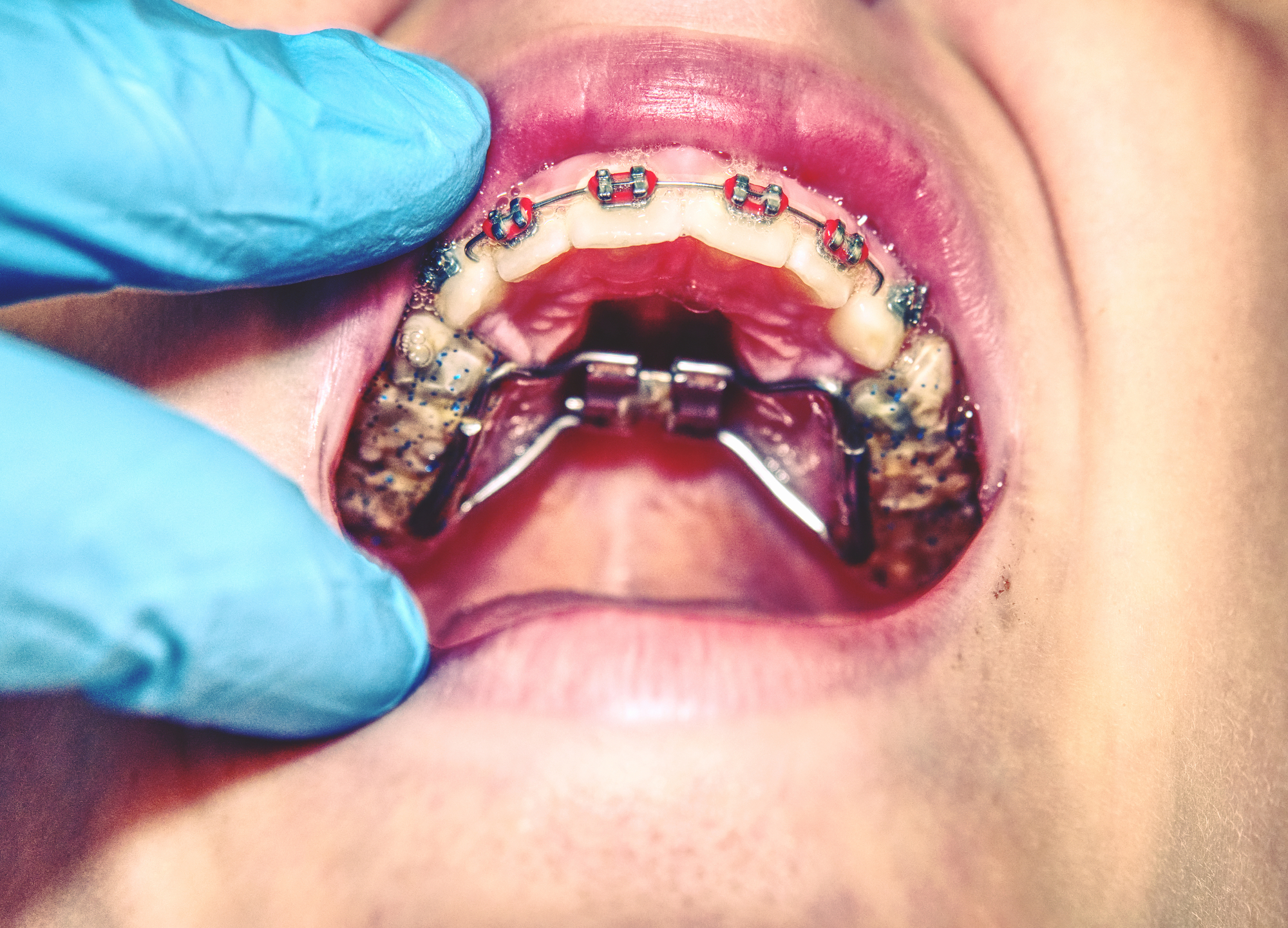Orthodontic appliances are tools our Dumfries orthodontist may use to help braces straighten teeth or address other alignment issues more effectively.
Some orthodontic appliances help to prepare your mouth for braces before your treatment begins, while others are used after braces treatment ends.

What Are Orthodontic Appliances For?
Orthodontic treatment often extends beyond the wires and brackets that serve to move teeth. The treatment itself goes far beyond what you see on the surface of the smile in that orthodontic appliances can help to reshape the face and jaw during the orthodontic treatment process.
Types of Appliances
There are several types of orthodontic appliances the team at Potomac Pediatric Dentistry may use to help you accomplish your goals of straighter teeth and a healthy, confident smile. Some appliances are fixed, meaning they cannot be removed or reapplied without the assistance of your orthodontist, while others are removable. These are some of the types of orthodontic appliance you may need to aid in the process.
Elastics

Removable elastic bands help to address bite issues while your braces are straightening your teeth. The orthodontist attaches mounts at specific locations along your upper and lower brackets where you apply them daily. The location of the mounts may move as your bite progresses along with the size of the elastics. Smaller elastics create greater pressure for fine-tuning. For an element of fun and fashion, elastics come in a variety of colors, and you can choose the colors you prefer.
Headgear

Another removable device, the headgear, addresses structural issues that would otherwise prevent the upper and lower teeth from fitting together. The headgear is usually only worn during the evening and overnight while sleeping so it doesn’t interfere with school, work, or social activities.
Palatal Expander

A palatal expander is a fixed device attached to the upper teeth, with cement, to widen the jaw and create space for crowded teeth. While the palate extender is turned daily over a period of two to four weeks (in most cases) to achieve the desired width, it remains in place five to ten months to help stabilize these changes. You will likely experience some pressure in your teeth, jaw, and nose when turning the expansion screws. This usually goes away within 30 minutes or so.

